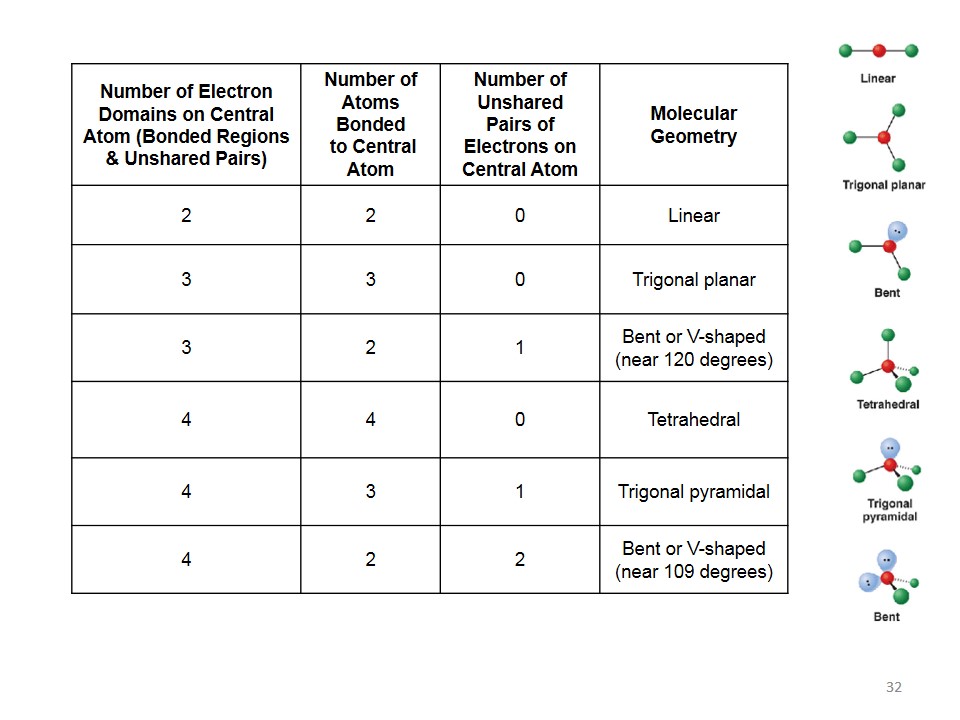

Secondly, the electronic configuration of chlorine is 1s22s22p63s23p5.

The electronic configuration of iodine is 4d105s25p5.Īs we can see, there are seven electrons in the valence shell of iodine. Step 1: Calculate the total valence electrons in the compound.įor the first step, it is required to know the electronic configuration of iodine and chlorine. The lewis structure of ICl5 can be made by following the following steps: The lewis dot structure gives an idea of the bonding in the ions of a compound based on the octet rule, in terms of shared electron pairs, including bonding as well as the non-bonding ones. To know more about this compound, it is necessary to get acquainted with its bonding characteristics as well as polarity.įor this, it is required to understand Lewis structure, VSEPR theory, and Hybridization concepts. Therefore, ICl5is an example of a polyhalide. Interhalogens in which x = 3,5 & 7 are known as polyhalides. These are of the type ABx where x can take the values: 1,3,5 & 7. In simple language, an interhalogen compound is a type of compound in which two different halogens react with each other. ICl5 falls under the category of interhalogen compounds where iodine is larger in size and more electropositive than chlorine, and also acts as the central atom in this compound. This is why ICl5is freshly prepared in labs whenever it is required to be used in a reaction. This instability occurs mainly due to the larger size of the chlorine atom in comparison to fluorine. Although, unlike IF5, it is not a very popular compound because of its unstable nature. It is a useful compound in scientific laboratories to conduct research work. ICl5is iodine pentachloride, which has a molecular mass of 304.40 g/mol.


 0 kommentar(er)
0 kommentar(er)
